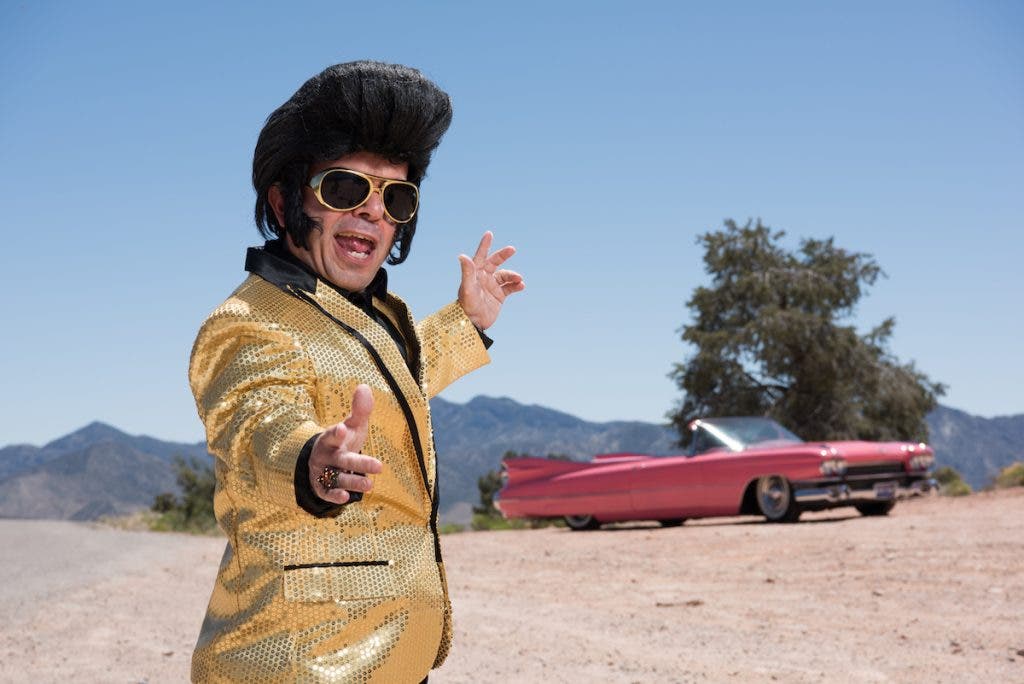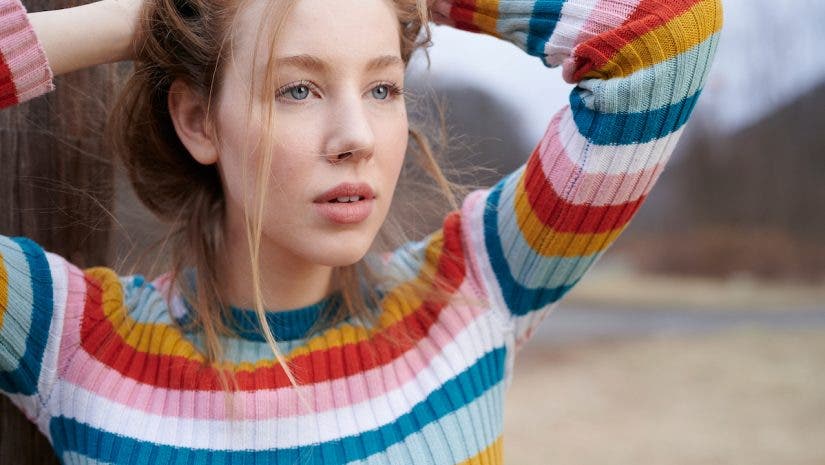I have a friend who made his career shooting portraits that appeared on the covers of popular news magazines. His work has a unique look; the subjects seem to jump right off the cover as if they are standing in the same room as you. When I asked him how he does this, he told me “Get in close and use a wide lens.” Having been told so many times that telephoto lenses are the best portrait lenses, this blew my mind. Now, some years later, I can tell you some of my favorite portraits I have made have been with wide-angle lenses. In this article, we’ll discuss wide-angle portraits and provide some tips on how to get the best possible results.
One thing to remember is that focal lengths considered to be “wide angle” may vary based on sensor size. For the purposes of this article, I will be discussing full-frame cameras unless otherwise noted.
What are Wide-Angle Lenses?
At the most basic level, a wide-angle lens is one that gives the viewer a broad field of view. On a full-frame camera, most would consider 35mm and shorter to be a wide-angle lens — with a field of view around 55 degrees.
The use of a wide-angle lens typically exaggerates distances and creates depth. This can be used to great effect in our portraits. Although, it can be problematic for close-up shots as facial features can be distorted. We must also be wary of what we put at the edge of our frames as barrel or edge distortion can make straight lines seem to curve.

How to Choose a Wide Angle Lens
When choosing a wide-angle lens, you need to decide how much of the environment you want in your image, and how much of a wide-angle “feel” you desire.
Think about whether the subject’s surroundings help to tell the story of your portrait, or if it’s a distraction. Then, consider how you want to frame the subject. Negative space can be powerful and will certainly affect how the subject is perceived by those enjoying your portrait.
For an extreme example of a wide-angle look, think of a fish-eye lens. This gives extreme distortion and is sometimes used for a “fun house” look. For the purpose of this article, I will stick with a more conventional portrait with just a bit of wide-angle flavor.
Best Wide-Angle Lenses for Portraits
These days I tend to use the zoom lenses available for my systems. This allows me the versatility of switching my focal length as I work with my subject. My current favorites are the Nikon NIKKOR Z 24-120mm f/4 S Lens and the Canon EF 24-70mm f/2.8L II USM Lens. When I want something a bit wider, I go with my prime lenses — often an Irix 21mm.
All of these lenses have minimal edge distortion and produce tack-sharp images. Another thing to keep in mind is the minimum focusing distance of your lens. If you plan to stand two feet from your subject, your lens should be able to focus at short distances.
I prefer manual focus as an option for all my lenses, but even more so with wide-angle portraits. The minor manual corrections can often be helpful with everything exaggerated at such a close distance.
How to Take Wide-Angle Portraits
Where to Stand
Ansel Adams once said, “A good photograph is knowing where to stand.” In simple terms, the closer you are to your subject, the more of a wide-angle look you will get. Keeping this in mind, my personal favorite focal lengths for these types of portraits are 35mm and 24mm. If you’re closer than four feet from your subject, a 35mm lens will give you a nice head-and-shoulders portrait with a bit of environment. At this distance, the viewer feels like they are close enough to have a conversation with the subject because, at that distance, they are!

Wide-angle portraits allow the viewer to feel connected to the subject. When standing less than four feet from your subject, the effect of the nose being elongated (one of the reasons some people do not like to use wide-angle lenses for portraits) is minimal. If we take out the 24mm lens and stand in exactly the same spot, we will get much more of the environment. You will notice no more distortion even with the wider lens. As Adams says: where you stand matters.
How to Frame
Like most things, it’s best to experiment to see what distance you prefer and use the lens that gives you the proper framing. If you chose to include a significant amount of the environment in your composition, think about how the exaggerated depth can tell the story. Imagine your subject in a field of flowers that seems to go on forever, or with a night sky that feels immense and epic. You can also use exaggerated depth to show isolation and loneliness, or thoughtfulness.

As you begin to experiment with wide-angle lenses, it’s a good idea to keep the digital level on in your camera, or use a tripod, as any tilt of the camera can amplify distortion. Of course, you can do this to create an effect, but it can easily be overdone. Consider why you are adding the distortion and whether or not it adds to the theme of your portrait.
What to Avoid During Wide-Angle Portraits
Using the qualities of your wide-angle lens to create dynamic portraits can create unique and memorable images. Although, there are a few things to keep in mind to achieve the best possible results.
Edge Distortion
Edge distortion is probably the most common problem with wide-angle lenses. Even those that are rectilinear can suffer from edge distortion if straight lines are placed very close to the edge of the frame. As portrait shooters, we are often so focused on our subjects that we can miss minor distortions until we get to the editing stage. To avoid this, try to keep any straight lines (either background elements, or arms and legs) away from the edges of the frame.
Don’t Stand Too Close
When making portraits with wide lenses, remember that getting too close can exaggerate your subject’s features to an unflattering degree. Keep in mind the facial features of your subject. Be respectful of how they may feel about seeing themselves with a longer nose or chin, or a wider forehead.
Don’t Tilt the Camera
When working close with a wide-angle lens, it’s important to recognize that everything is exaggerated, not just the perceived depth. Keep your camera as level as possible if you want to avoid odd distortions. Tilting the camera may make for odd proportions. There is no denying that a distorted look can be fun on occasion. Although, be sure it aids in making a powerful portrait.
Conclusion
There is no single best way to make a portrait. We are often told that certain lenses — typically telephoto — are portrait lenses. While this may be a good place to start, exploring how wide-angle lenses can be used in your portraits can bring your work to an interesting level. We typically want to stay in the 21-35mm range so our portraits do not have a “fun house” feel. Where you stand is a huge part of how much (or little) of a wide-angle look your portraits will show. While close is good, you can definitely be too close for some subjects to look their best. I hope this article has helped widen your perspective of what is considered a good portrait lens.






